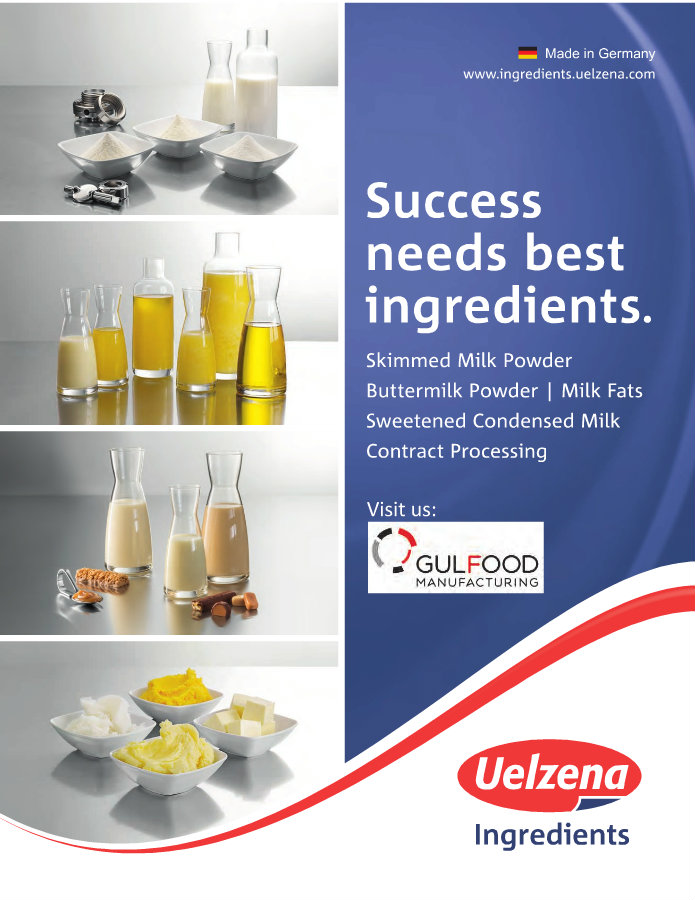The Difference between Type 1 and Type 2 Diabetes
Today, when most people think about diabetes, they probably assume the condition in question is Type 2 diabetes. Type 2 diabetes is commonly associated with obesity, heart disease and kidney disease. Having Type 2 diabetes does not necessitate the use of insulin, but often elicits the use of other drugs that either promote insulin secretion or prevent excess glucose from entering the bloodstream through a variety of mechanisms. Because only about 5 percent of the population of those living with diabetes has Type 1 diabetes, this condition is often glanced over or forgotten. But individuals within this subset often carry emotional, mental and nutritional concerns that are much different from those living with Type 2 diabetes.




